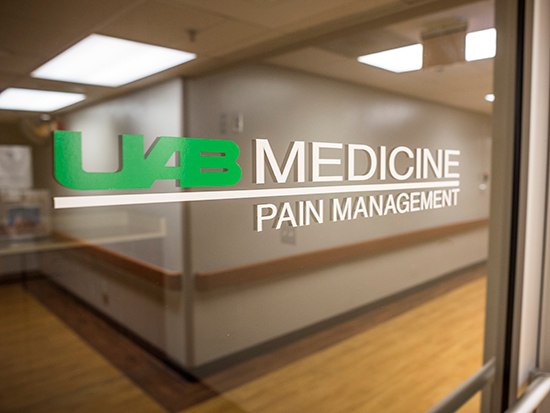
Twenty-one percent of adults experience chronic pain, according to the National Institutes of Health. For patients with chronic pain that has not been resolved by conservative treatments, physicians at the University of Alabama at Birmingham Pain Treatment Clinic at UAB Hospital-Highlands are offering a new treatment option designed to provide long-term relief.
UAB Hospital is among the first in the United States and is the first in Alabama to offer this therapy. The new treatment involves using a spinal cord stimulator that sends electrical impulses into the spinal cord. The device responds to the spinal cord in real time and can adjust the electrical output 50-100 times per second based on what is happening in the spinal cord.
“This new treatment option will allow us to continue tailoring therapy for each patient and respond to patients’ needs in a way that we have not been able to in the past,” said Christopher Paul, M.D., a physician in the clinic and assistant professor in the UAB Department of Anesthesiology and Perioperative Medicine. “Prior to this option, as a patient’s situation changes over time, they could be underdosed or overdosed with electrical stimulation. This would lead to the patient’s spending more time outside of their therapeutic window. Now we can minimize the time outside of that window and ensure their electrical output is tailored to what their body needs.”
Participants who may be eligible for the device will first undergo a trial for seven to 10 days wherein leads are placed in a patient’s epidural area. The leads are taped to the skin and connected to an external device; the patient’s care team will program the device to make sure they develop an electrical range that adapts to what is happening in the spinal cord.
After the seven to 10 days, the leads slide out very easily, and the patient can work with their physician to decide whether to have the device implanted permanently. If the decision is made to get the device permanently, the same types of leads and a permanent internal battery would be implanted under the skin in the operating room. The device would then continue to be programmed as needed to best fit the patient’s needs.
Those interested in learning more about this pain management treatment option can learn more at uabmedicine.org.
